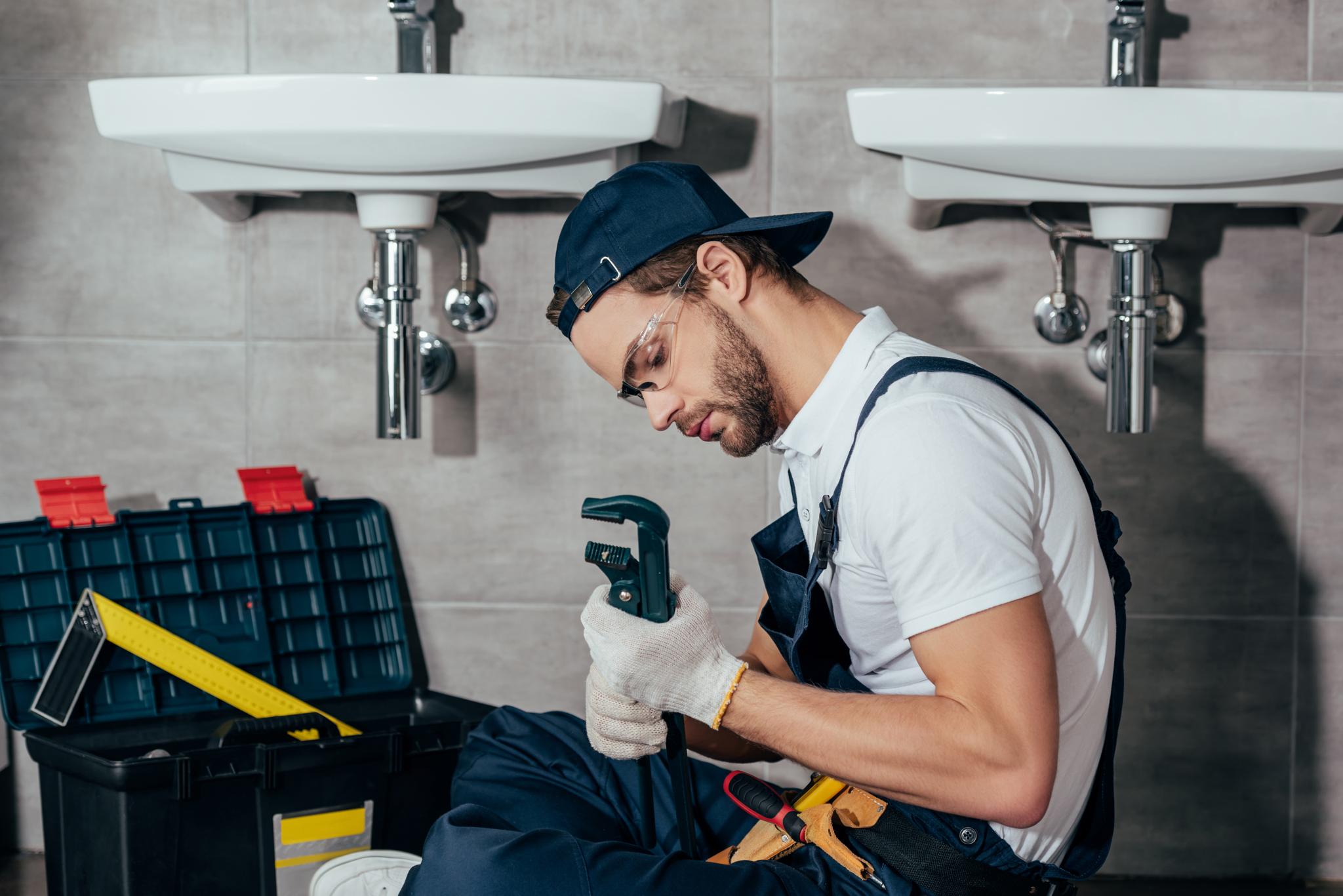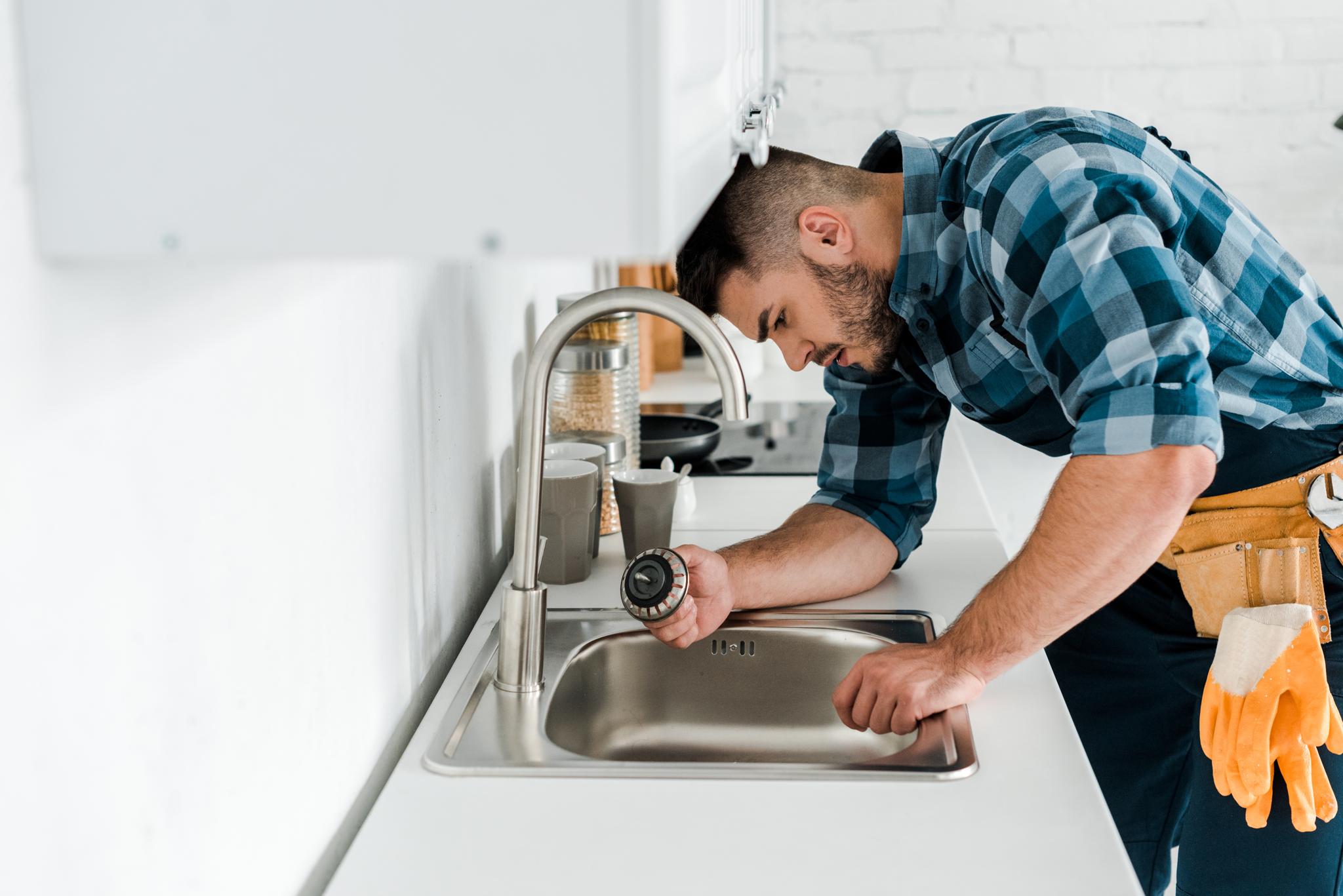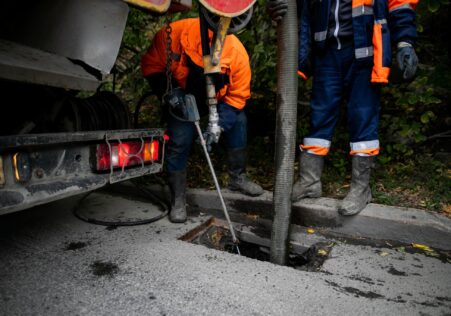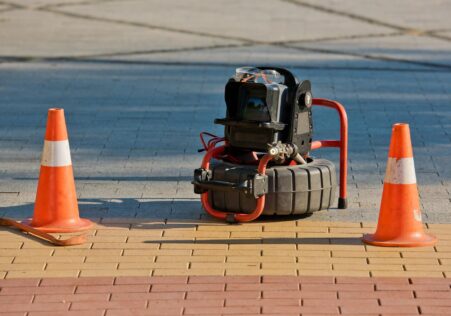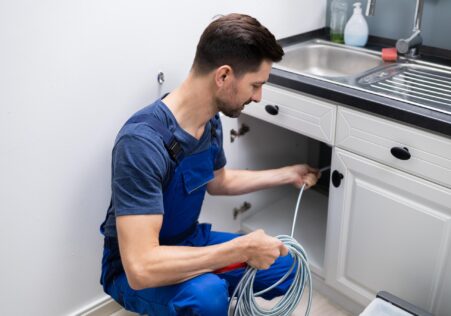What to Do When Your Toilet is Blocked: A Step-by-Step Guide

Toilet blockages can occur at any time and are a common household issue. It’s unpleasant, messy, and inconvenient and require immediate attention. However, you do not always have to call the plumber right away. In this blog we’ll guide you through some simple steps to unclog your toilet within a matter of minutes.
Key Takeaways
- Toilet blockages can be cured by using simple tools such as plungers, baking soda
The tools you’ll need
Before we start, it’s essential to have these tools in your arsenal:
- Rubber Gloves
- Plunger
- Baking Soda and Vinegar (Optional)
- Hook for the Wire Coat or Pipe Snake (Optional)
Step 1: Shut off your water source valve.
The first thing you need to do when you encounter a blocked toilet is shutting off the valve for water flow in front of the toilet. This step ensures that no more water enters the tank as you are working to unblock it. The valve is typically situated at the bottom of the tank, on the other side.
Step 2: Be sure to protect yourself by wearing rubber gloves.
Your hands must be protected from germs or bacteria present in your toilet bowl with rubber gloves prior to making use of any tool to clear the toilet.
Step 3: Use a plunger.
A plunger is undoubtedly the most efficient tool for cleaning toilets that are blocked. Start by pushing down onto the plunger till all air is released, then press it hard over the toilet bowl and start plunging upwards and downwards for approximately 20 minutes. The suction created by plunging back and forth will remove any blockages.
Tips:
- Use a firm but controlled movement.
- Place holes around sinks or shower drains if they are close enough to prevent the pressure of air from escape as you plunge.
Step 4: Try baking soda with vinegar.
If you’re not able to get the plunge working then try this alternative method Pour half a cup of baking soda and 1 cups of white vinegar to the toilet. Let the mixture sit for about 15 minutes. It may fizz then stop it will be poured down with hot water (not hot) to clear the obstruction.
Step 5 Step 5: Use an iron coat hanger made of wire or a plumbing snake.
If both plunging and baking soda/vinegar methods have failed the problem, it’s time to use the wire coat hanger or plumbing snake. The coat hanger should be straightened’s cord until you have a thick, thin wire with a hook bent at one end or use it as a plumbing snake. It is specifically designed for clearing drain obstructions. Insert the tool into the drain hole in your toilet and then twist around, twist, push to the point where you can feel resistance. that’s where the blockage usually is. Try to break up any blockages using back-and-forth motion without causing damages in your drainpipe.
Note:
- Do not overdo pulling or pushing actions too hard, as they could result in more damage.
Step 6: Turn on the water supply and verify the results.
After you have cleared any obstructions, it’s crucial to turn off the water supply valve behind the toilet bowl. After that, flush it a few times to make sure everything flows freely now!
| Tools | Description |
|---|---|
| Rubber Gloves | Hand protection from potential bacteria or germs present in the toilet bowl. |
| Plunger | Most effective tool for clearing up blocked toilets. Press firmly over the hole in your toilet bowl and plunge vigorously up and down for about 20 seconds. |
| Baking Soda and Vinegar | Mixture to use if plunging doesn’t work. Pour half a cup of baking soda and one cup of vinegar into the toilet bowl. Let this mixture settle for about 15 minutes, then pour hot water down (not boiling) to flush out the blockage. |
| Wire Coat Hanger or Plumbing Snake | Tools to use if both plunging and baking soda/vinegar methods have failed. Straighten the wire coat hanger until you have a long thin wire with a hook bent at one end or use the plumbing snake, which is designed specifically for clearing drain clogs. |
Frequently Asked Questions
How do I know when my toilet has become blocked?
A common indications of a toilet that is blocked is when water rises to the top of the bowl after flushing. You might also notice that water drains away slowly or you hear sounds of gurgling coming directly from your toilet.
What should I do if my toilet is blocked?
If you think the toilet is clogged and you are unable to flush it, do not attempt to flush it over again since this could cause flooding. Instead, turn off the water supply at the valve that is behind the toilet, and use a plunger to try to eliminate any blockages. If that doesn’t work, call Sydney Plumber Blocked Drains for professional help.
Can I stop my toilet from getting blocked?
Yes! There are several options to stop your toilet from becoming blocked. One of them is to avoid the flushing of non-degradable things like sanitary products, wet wipes or cotton wool in the toilet. You should also avoid using oil or grease in the sink as it will cause it to solidify and block pipes.
When should I contact an experienced plumber to fix an unblocking toilet?
If you’ve tried plunging into your toilet, but it won’t unblock or you suspect there’s a larger issue with your plumbing system causing frequent blockages, you need to call in an experienced professional plumber such as Sydney Plumber Blocked Drains . We have years of experience with all kinds of plumbing problems and can quickly diagnose and resolve any issues with the least disturbance to the home.
When should I schedule my drains cleaned?
It is recommended to have cleaning your drainage system by a professional like Sydney Plumber Blocked Drains every 1-2 years. This will help prevent blockages and keep your plumbing system running smoothly. If you regularly experience drain blockages or slow drainage of water despite trying to avoid clogging them, then cleaning your drains every year could be beneficial.
These procedures are fairly easy to carry out and the majority of these products are easily available in homes. If you’re experiencing a toilet that is blocked, before being anxious after attempting the strategies, you should contact Sydney Plumber Blocked Drains ‘s expert plumbers located in Sydney , if you’re looking for professional help with the problem of blocked toilets.
Additional Information
- Why CCTV Drain Inspections Should Be Part of Your Regular Maintenance Routine
- Keep Your Home Safe by Hiring a Professional Drain Cleaning Service
- Future-Proofing Your Plumbing System with CCTV Drain Inspection
- Uncovering Hidden Damage with a Professional CCTV Drain Inspection
- 5 Tips to Keep Your Drains Flowing
- How to Tell You Need Drain Clearing Services for Your Business
- Avoiding Clogged Drains: Tips for Homeowners
- 5 Reasons Why You Should Hire Professionals for Drain Cleaning Services
- Save Future Expenses with CCTV Drain Inspection for Home Buyers
- The Ultimate Guide to Drain Clearing Services


